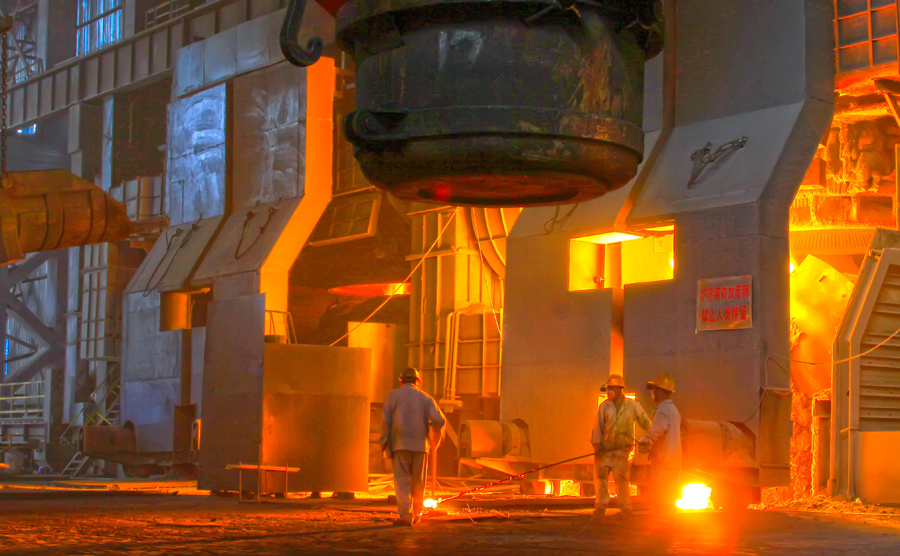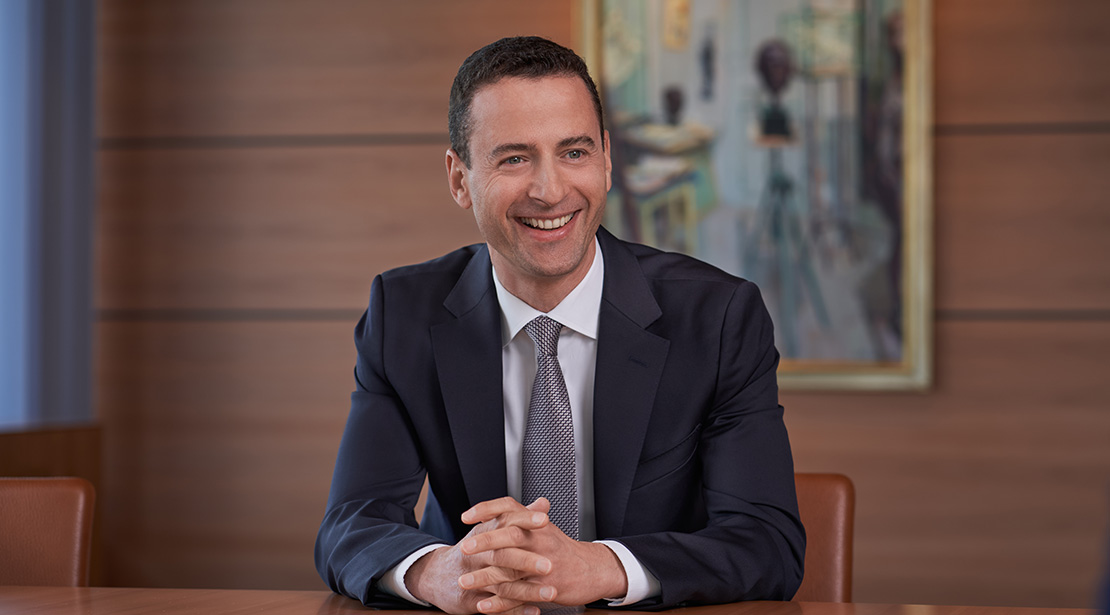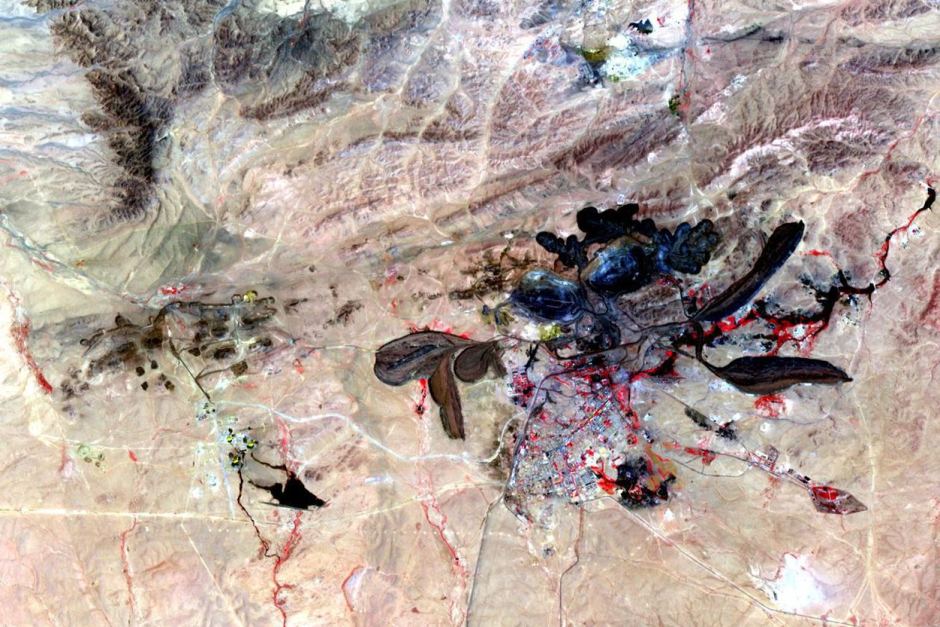Iron ore price rally: Stop and smell the roses

The rally in the price of iron ore showed no signs of going bust on Wednesday with the Northern China benchmark import price staying firmly above $50 a tonne.
The steelmaking raw material was trading at $53.80 per dry metric tonne 62% Fe CFR Tianjin port, down 0.4% compared to last week as traders return from a long weekend holiday in China according to data supplied by The Steel Index. Lower grade 58% Fe fared even better than the benchmark while high-grade lump (ore that can be fed directly into furnaces) premiums also continues to rise.
The commodity remains in a bull market for 2016 with a 25% rise year to date and a 45% surge from near-decade lows reached mid-December.
Observers have been hard-pressed to pinpoint the reason for iron ore strong showing (and the insane 19.5% one-day rally in early March). The rebound goes against most predictions – Goldman Sachs expects price to average $38 this year (Q1 average is $48) and even the rosier predictions, including from producers themselves, don’t see a price above $50.
One explanation for the spike is probably as remote from the business of mining iron ore as you can imagine – horticulture. Tangshan in northeastern China in Hebei province is a mining and steel hub (the photo above is from a steel plant in the city), but in three weeks the city of 7m people will open the International Horticulture Exposition.
Amplifying the spike and volatility was hedging activity by banks acting on behalf of mining clients looking to lock in those higher prices
Beijing has ordered mills in the area to cut emissions by at least 50% during the duration of the show which incidentally is being built on reclaimed coal and iron ore mining land. The argument goes that Tangshan’s steel mills caused the spike in the price as they scrambled to produce as much rebar as possible before the end of April.
Amplifying the price jump and volatility was hedging activity by banks acting on behalf of mining clients looking to lock in those higher prices says Oscar Tarneberg, senior analyst at the The Steel Index. According to Tarneberg derivatives volumes are set to overtake physical for the first time this year after clearing 1.1 billion tonnes in 2015.

Steel prices actually outperformed iron ore prices in March with benchmark Shanghai rebar prices up 16% during the month. The Steel Index’s ASEAN HRC price which is a measure of the pan-Asian price of steel surged by 25.6% in March, boosted in part due to anticipation of leaner supply from Tangshan furnaces.
The kicker is that the expo only closes its doors October 16 and should prevent too much additional steel entering the market to drive prices back down. In a new note analysts at the Singapore Exchange says the Tangshan effect on prices and volatility may “continue to linger in the coming weeks as the industry awaits clearer direction over both the impact of recent policy measures in China and potential mandatory cuts for Tangshan steelmakers.”
In infrastructure, demand could improve in the coming months if fiscal spending increases to plug the funding gap faced by numerous projects
Aside from the shorter term impact of the expo, the steel and iron ore landscape in China – responsible for producing nearly half the world’s steel and more than 70% of the seaborne trade – is showing other green shoots.
The PMI manufacturing index – the best proxy for industry activity – jumped to its highest in more than a year in March and SGX analysts point to various indications that demand sentiment in the industrials sector has improved in recent weeks:
“It was relatively clear during the National People’s Congress meetings in March that the focus of policymakers has switched more heavily towards supporting short-term growth.
“It was notable for instance that the PBoC’s official monetary stance was changed from “prudent” to “prudent with an easing bias” for the first time since 2010.
“An increase in the central government’s fiscal deficit target as well as a total social financing target for 2016 should also be supportive factors. In real estate, new construction starts returned to positive year-on-year growth in January-February.
“In infrastructure, demand could improve in the coming months if fiscal spending increases to plug the funding gap faced by numerous projects.”
More News
Rio-Glencore deal closer than ever with premium and CEO in focus
Glencore boss Gary Nagle has called it the most obvious deal in mining.
January 09, 2026 | 03:39 pm
{{ commodity.name }}
{{ post.title }}
{{ post.date }}






Comments
Harry Rose
Anyone know of any forex broker like the ones here http://www.wvwv.org/forex-brokers/ where you can trade iron ore with leverage?